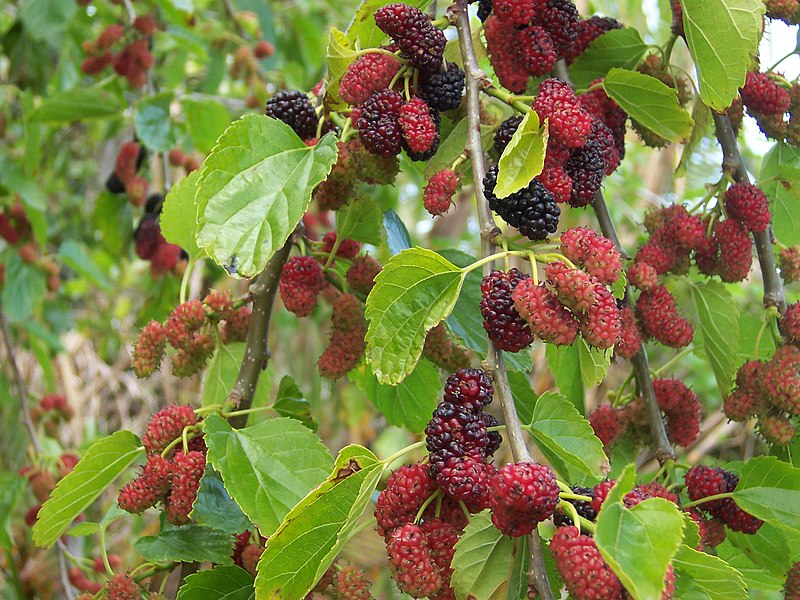 |
| Lilium candidum - Madonna lily |
Dr. Yuval Sapir is Director of the Tel Aviv University Botanical Gardens
The crusaders fell in love with the large white, trumpet-like flower of
Lilium candidum when they arrived in the middle east. These christian believers immediately took the lily as the sign of the Annunciation, when according to Christian lore, the Angel Gabriel told Mary that she would give birth to the son of God.
What could cause these European religeous warriors to consider the lily the flower of the Annunciation?
Well, lilies flower religiously (all pun intended) towards the end of March. Count nine months forward from the end of March, and you get December 25. So of course the flowering of this marvelous flower must have religious meaning. Thus they termed this majestic, pure white flower the Madonna Lily.
The Crusaders picked and shipped thousands of Madonna Lilies back to Europe, where its cultivation failed miserably. Over the years, another species of Lily -
Lilium longiflorom - was adopted as a proxy for the Madonna Lily. This species is from Eastern Asia, and defined (as the name hints) by longer flowers than the Middle-Eastern lily.
The Madonna Lily still grows naturally in Israel in the upper Galilee and on cliffs in the high Mount Carmel. It is among the rare and endangered plants in Israel, but also among the most pilgrimaged ones, because of her beauty. It became the symbol of the Tel Aviv University Botanical Garden, based on a picture that Prof. Jacob Galil, the founder of the garden, took in the 1950's.










.jpg/220px-Tissot_The_Gathering_of_the_Manna_(color).jpg)





